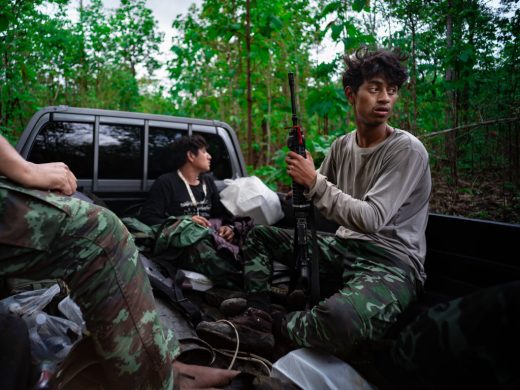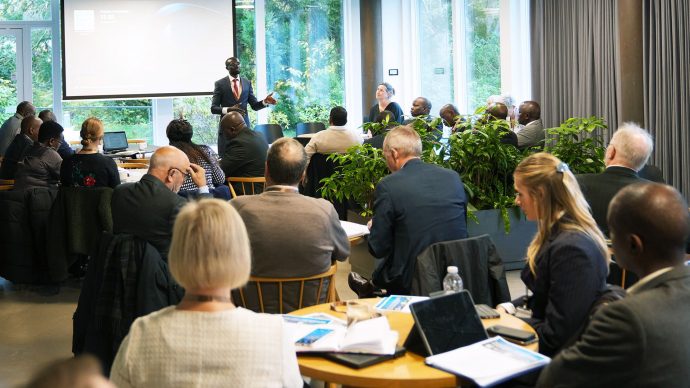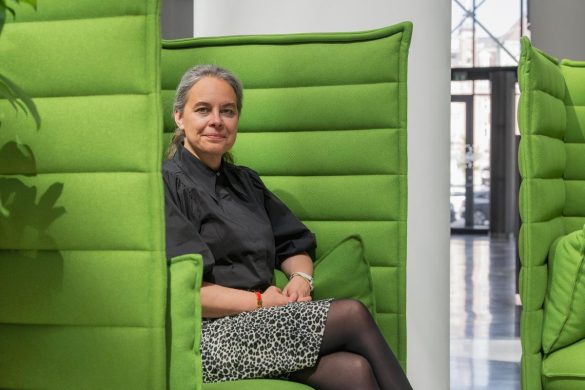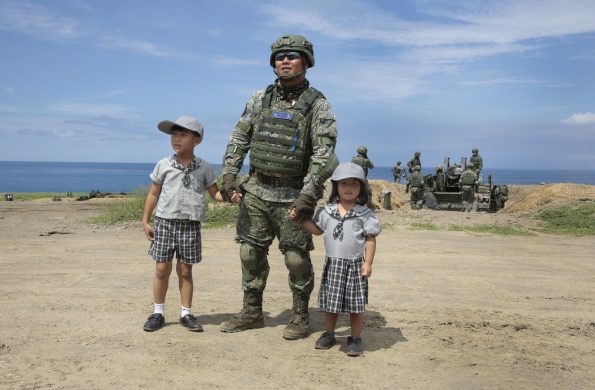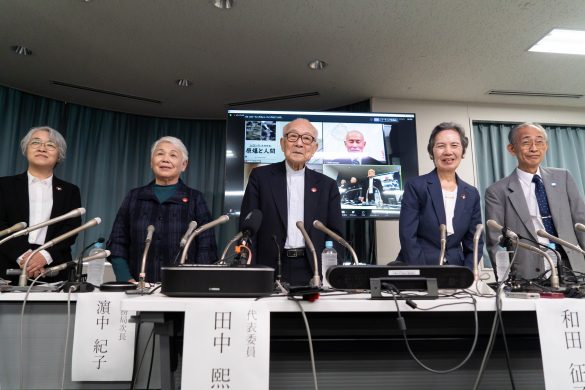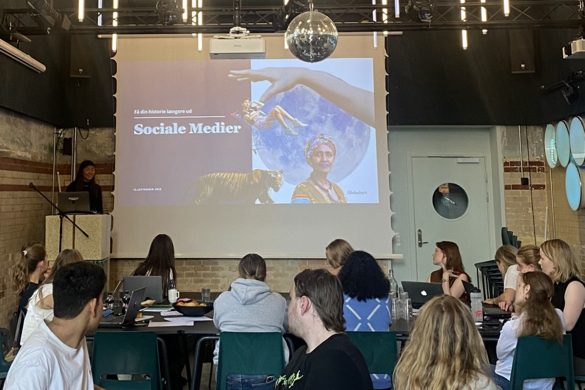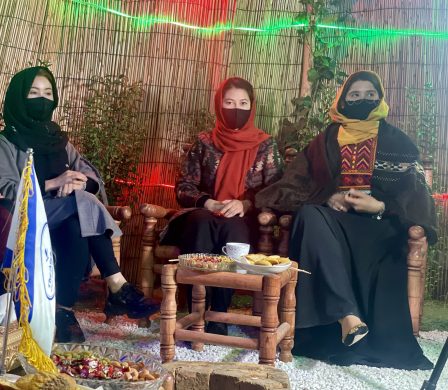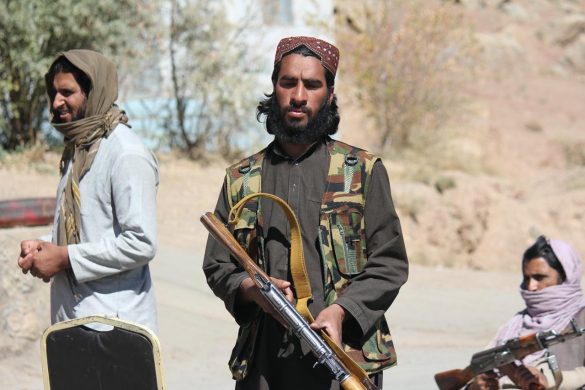WASHINGTON, 28 May 2009: In Laos many poor, primarily women-headed rural households find it impossible to connect to the electricity grid. A major obstacle for these households is the connection fee of about 100 US dollar (ca. 540 DKR).
In some areas, up to 40 percent of households have been unable to mobilize money for the connection cost and are thus left without access to electricity even though the grid is passing right through their village.
This lack of access to electricity is a large stumbling block for poverty reduction efforts. Evidence suggests that electricity not only helps extend hours for both productive and leisure activities in Laos, but it also translates into better educational outcomes, improved social and community services, and better security.
Surveys of newly-electrified rural households also show that grid electricity has been used for income generating activities such as water pumping for vegetable gardens, household industry like mat and basket weaving, and the use of refrigerators for small scale entrepreneurship serving tourists, such as ice cream vending.
Moreover, electricity has been shown to help close gender gaps by reducing time spent on cumbersome chores, such as fetching water, and by allowing for greater flexibility in organizing household activities.
The literacy gap between men and women is smaller in electrified villages in Laos. Similarly, girls secondary and vocational school attendance are higher in electrified villages.
Recognizing these benefits, the Government of Laos has placed electrification at the center of its poverty reduction efforts.
Through a Rural Electrification Project, co-financed by the World Banks Global Environmental Facility, NORAD and AusAid, the Government aims to electrify 90 percent of the countrys households by 2020, up from 55 percent in 2007, which in turn is up from 15 percent in 1995.
While the rate of electrification has been high, connection rates are starting to fall short of targets as the network expands to rural and marginalized areas of the country where connection cost may be tougher to bear.
In response to this problem, the World Banks East Asia and Pacific Region Gender Program designed a House Wiring Assistance Program, which helps poor households connect to the grid.
With funding from the Gender Action Plan (GAP), Gender Equality as Smart Economics, a framework and implementation materials for the project were developed, and plans are now afoot to offer a concessionary credit of 80 dollar to households that have been unable to finance the initial connection cost.
Once connected, it is estimated that households will spend approximately one dollar per month for electricity, compared to the approximately three per month they pay for energy in the form of car batteries, diesel fuel, candles and so on.
These energy expenditure savings are expected to allow households to repay the connection cost fully in three years.
The implementation of the pilot project, Power to the Poor Project (P2P), co-financed by the World Bank and AusAid and implemented by Electricité du Laos (EDL), was launched in September 2008.
Connection rates in the 20 pilot villages increased from 78 to 95 per cent overall, and from 63 to 90 per cent for female-headed households.
The project is being rolled out to three other provinces and targets 1.800 more connections by the end of 2009 and 8,000 by end of 2010. Assuming an average of 5,2 members per family, this project has the potential to reach 50,000 direct beneficiaries by the end of 2010.
Opportunities are being sought to replicate the model in other countries. GAP funding in the amount of 65.000 dollar helped to leverage additional funding from AusAID in the amount of 500.000 dollar to expand the rollout of electricity.
Kilde: www.worldbank.org





